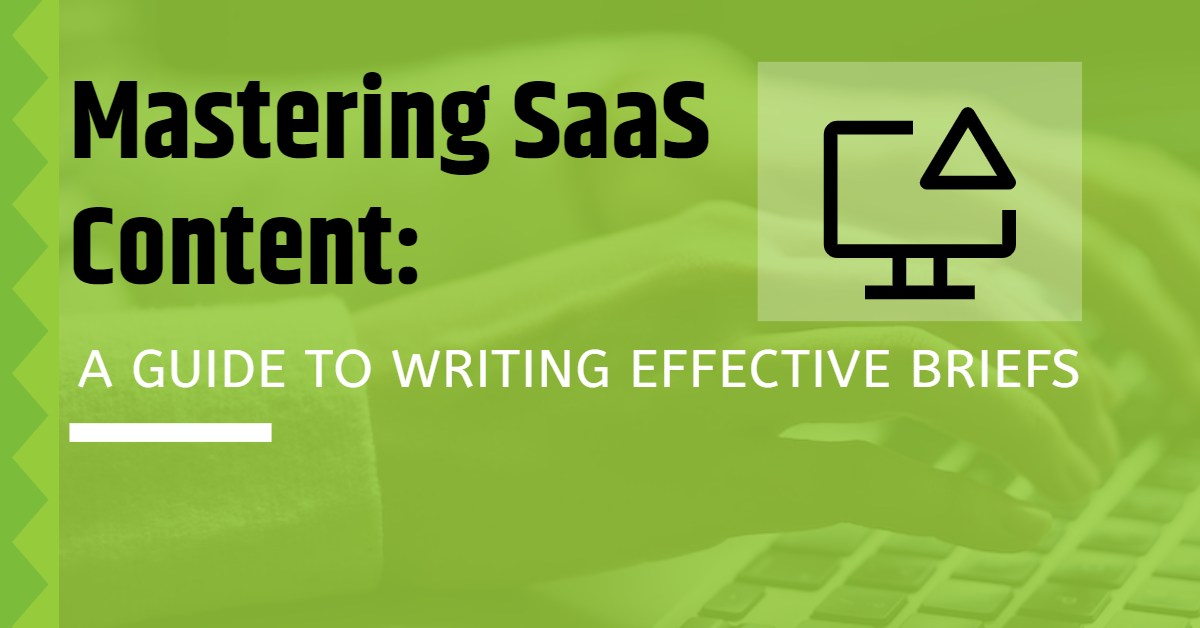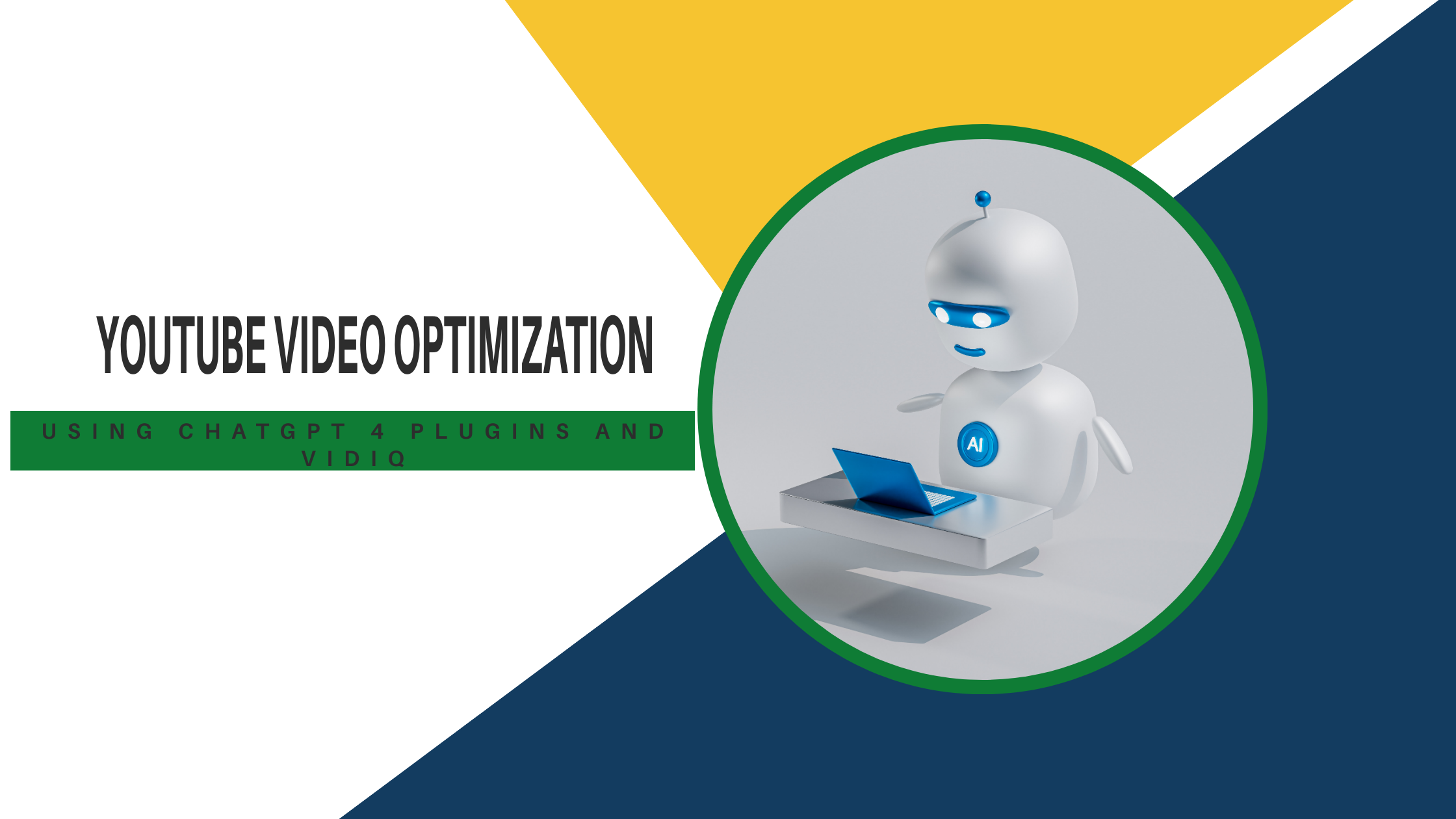Greetings, SaaS pioneers and marketers! I’m Justine Poblete, here to guide you through the exciting intersection of SaaS and AI-driven content creation. Today, we’re zeroing in on how ChatGPT and Google Bard can be pivotal in crafting high-quality articles for SaaS businesses. As an SEO specialist deeply immersed in AI tools, I’ve seen the remarkable impact these technologies can have on content strategy and execution.
ChatGPT: Your AI Writing Assistant for SaaS Content
ChatGPT has been a revelation in my content creation toolkit, especially for SaaS topics. This AI model excels in understanding and generating text that’s not just coherent, but also engaging and tailored to specific SaaS niches. Imagine an AI assistant who can draft articles, blog posts, and even technical documentation with a flair that resonates with your target audience.
For instance, I used ChatGPT to create a series of blog posts for my project website. The brief was to explain complex software functionalities in a user-friendly manner. ChatGPT’s output was impressive – the articles were informative, easy to understand, and perfectly aligned with the client’s tone and style. This not only saved time but also ensured consistency across all content.
Google Bard: Harnessing the Power of Data for Richer Content
Google Bard steps in as a powerful ally, especially when it comes to enriching SaaS content with up-to-date information and data-driven insights. This tool can delve into the internet’s vast resources to fetch the latest trends, statistics, and case studies relevant to your SaaS product or service.
I recall utilizing Google Bard to gather data for an in-depth article on market trends in the SaaS industry. The tool provided current statistics and predictions that were not readily available through standard searches. Incorporating these insights into the article not only enhanced its credibility but also positioned it as a go-to resource for readers seeking the latest industry information.
Combining ChatGPT and Google Bard for Comprehensive SaaS Articles
The real magic happens when you combine ChatGPT’s writing prowess with Google Bard’s data-mining capabilities. This duo can produce articles that are not just well-written but also rich in information and insights. For SaaS companies, this means content that effectively communicates the value of their products, educates their audience and positions them as thought leaders in their space.
Steps on creating high-quality content using ChatGPT and Google Bard:
Step 1 – Go to Google Bard and make it create a content outline for the topic.
Example: [Sample: What are Physiotherapists]
Target URL: https://sample.com/physiotherapists
Google Bard Prompt:
create a content outline for this topic: What is Physiotherapists
Make sure that it adheres to Google’s search evaluator guidelines and E-E-A-T this October 2023. Make it comprehensive and base it on the competing pages in SERP. Make sure to add the latest data/info/statistics about the topic based on studies/case studies you may find on Google. Include instructions on which sections we’ll need to include them or mention them.
Result:

Step 2 – Copy the content outline and go to ChatGPT:
ChatGPT Prompt for the Outline from Bard:
Act as a [Position] author who’s good at making readable articles that are made for humans and make the content below very engaging and conversational. Write an engaging and conversational article that resonates with human readers and adheres to Google’s Search Quality Rater Guidelines, emphasizing E-A-T (Expertise, Authoritativeness, Trustworthiness). Don’t forget to put anecdotes in the content.
Author Persona:
ChatGPT Prompt for the Article:
Act as an author who’s good at making readable articles that are made for humans and make the content below very engaging and conversational. Write an engaging and conversational article that resonates with human readers and adheres to Google’s Search Quality Rater Guidelines, emphasizing E-A-T (Expertise, Authoritativeness, Trustworthiness). Don’t forget to put anecdotes in the content.
Author Persona:
- Name: [insert your persona name or author name]
- Role: [sample: writer in company.com]
- Expertise: [Sample: Research and writing for private practitioners on topics like marketing, business growth, data security, and more.]
- Other Roles: [Sample: Host of podcast about private practice]
- Personal Interests: [Sample: Writes a mental health blog, studies mindfulness, and is a passionate nature photographer.]
Unique Writing Style: [Sample: (your name) loves to intertwine her personal experiences within her content, allowing readers to connect on a deeper level.]

Writing Guidelines:
- Flesch Kincaid Grade Level: Aim for standard readability. This means maintaining an average sentence length and using a mix of common and complex words.
- Paragraph Structure: Split long paragraphs to enhance readability.
- Expand each section: Make sure to expand the content you’re going to write.
- Language & Tone: [Sample: formal, optimistic, funny]
- Use clear and concise language.
- Avoid technical jargon.
- Incorporate a mix of short sentences and paragraphs.
- Ensure the content doesn’t come across as AI-written.
- Maintain a professional tone but with a personal touch.
- Content Length: [Ideal Word Count].
- Conclusion: Conclude by mentioning [Your Company], emphasizing its significance in the context of the article.
- Google’s Guidelines: Ensure the content aligns with Google’s Search Quality Rater Guidelines, with a strong focus on demonstrating Expertise, Authoritativeness, and Trustworthiness (E-A-T).
Here’s the topic/title: [Topic Name]
Content Outline for the Topic: [Topic Name]
[insert outline here]
Sample Result:

Step 3 – Copy the generated content and paste it into Google Bard. Here’s the prompt:
Read and assess this content if this passes Google’s evaluator’s guidelines and E-E-A-T this October 2023. If you have any suggestions for the content, include them in the assessment and the instructions on where to place them in the content.
[Paste the content in here]
Result:

Step 4 – Copy the suggestions and paste them into the existing ChatGPT Chat session where the content was generated earlier.
ChatGPT will then make the adjustments based on the suggestions that Google Bard made.
Result:

Conclusion
So there you have it! The integration of AI tools like ChatGPT and Google Bard has revolutionized the way SaaS businesses approach content creation. By leveraging the strengths of both platforms – ChatGPT’s ability to produce engaging, human-like content and Google Bard’s prowess in providing data-driven insights – SaaS companies can create content that is not only informative and authoritative but also resonates deeply with their target audience. This synergy ensures that the content not only adheres to Google’s latest search evaluator guidelines, including E-E-A-T but also stands out in an increasingly competitive digital landscape.
We tested the generated content using various AI Detection tools:
Duplichecker:

Detecting-AI:

THE BIG REVEAL: The Innovative Creation Process Behind This Article
Hey there! Let’s take a moment to peel back the curtain on this article. You know, there’s something pretty cool about what you’re reading right now. It’s not just a chat about the wonders of ChatGPT and Google Bard; it’s a live demo of what they can do. Yep, you guessed it – this piece was whipped up using the smarts of both ChatGPT and Google Bard. And guess what? Even this friendly, conversational text you’re reading right now? That’s right, it’s crafted by GPT as well!
We’ve got ChatGPT in our corner making sure everything reads like a friendly chat over coffee – engaging, smooth, and tuned into what you, our SaaS pals, want to hear. And then there’s Google Bard, our secret sauce for sprinkling in the latest facts and figures, making sure you’re getting the lowdown that’s not just interesting but also super reliable. It’s like we’re all on this cool journey together, exploring how these AI buddies can team up to create something neat, informative, and yes, very human-like. How cool is that?
A Challenge to the Reader: Verify Through Google Bard
We encourage you, the reader, to put this article to the test. Use Google Bard to assess its quality. When analyzed, you’ll find that this article not only adheres to the principles of engaging and informative content but also aligns with the latest E-E-A-T (Expertise, Authoritativeness, Trustworthiness, and Experience) guidelines set by Google.
This exercise will not only affirm the effectiveness of AI in content creation but also demonstrate how SaaS businesses can leverage these tools to produce content that excels in both quality and compliance with SEO standards.
In doing so, we hope to illustrate the tangible benefits of integrating AI into your content strategy, providing a clear pathway for SaaS businesses to enhance their online presence through AI-assisted content that resonates with both their audience and search engines.


How Can Growthturn Help SaaS Businesses in Creating High-Quality Content?
Growthturn, with its expertise in utilizing AI tools like ChatGPT and Google Bard, can significantly aid SaaS businesses in crafting content that meets and exceeds the standards set by Google’s search evaluator guidelines, particularly the latest E-E-A-T criteria.
In essence, Growthturn’s expertise in harnessing the power of AI tools like ChatGPT and Google Bard positions it as an invaluable partner for SaaS businesses aiming to create high-quality content that not only ranks well in search engines but also genuinely engages and informs their audience. Book a call with us today!



